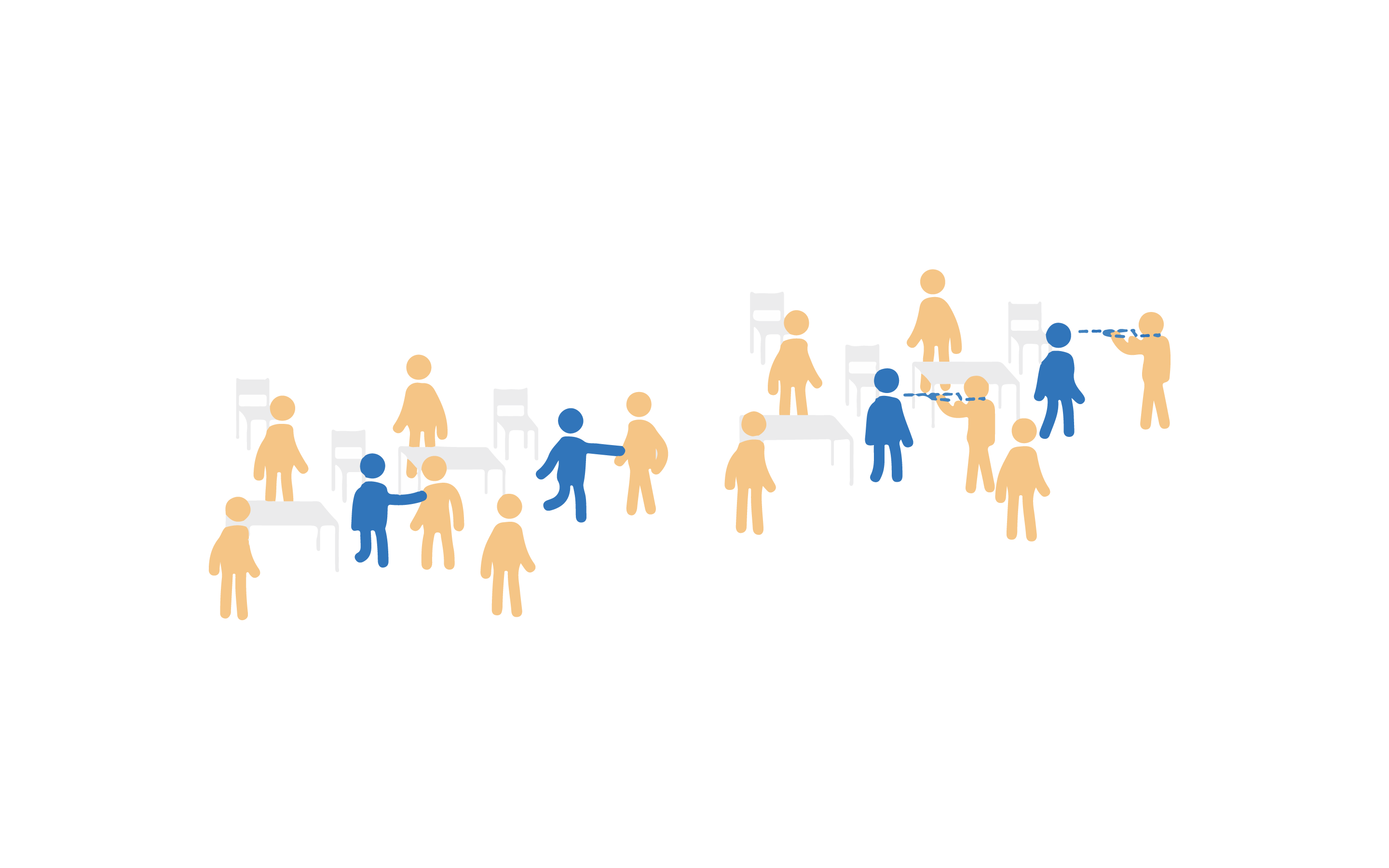Living memory

Materialer: None
Space requirements: Students stand in a small area where there should be room for movement.
Instructions: The students act as living cards that go together in pairs, just like the game ‘snap’. One example of a theme could be sports activities and then the students would have to find another person doing the same activity (e.g. swim-ming, skydiving, football etc.). Two students go outside of the room and then have to alternately poke two students at the same time to guess which pairs go together. When a student is poked they reveal the activity that they are. The student with the most pairs win. The two students who go outside could also work together making the aim of the activity to pair up the other students with as few guesses as possible.The activity can also be done with normal cards which are made by the students with different subject-related categories and placed on the floor or table.This activity can be variated further by giving the cards to students (which still match up in pairs) and the students then walk around swapping the cards. When the teacher shouts ‘find your partner’ the students have to find their partner with the matching card.
Academic variations:
Years 0-2:
- In languages students can work with the alphabet so students have to find the same letter.
- In maths one student could have 2+2 and their partner has 4.
- In science the categories could be animals which have to be acted out.
- In music the categories could be instruments which mime or two simple rhythms which are the same e.g. stamp, stamp, clap.
Years 3-6:
- In languages the categories could be word classes e.g. ‘cycling’ and ‘verbs’ fit together. Alternatives could be ‘present tense/ past tense’ or ‘antonyms’ and ‘synonyms’.
- In maths the calculations could become more difficult so ‘6 x 6’ and ‘36’ go together.
- In science the categories could be fish, birds, crabs, rodents or mammals.
- In foreign languages words could be matched up so that one was from the students’ native language and the other was the same word in the foreign language being studied.
- In history the categories could be historic events and their dates (e.g.) ‘the end of World War II’ and ‘1945’.
Years 7-10:
- In languages the categories could be linguistic imagery, metaphors or proverbs that pair with the meaning of a sentence.
- In maths the categories could be fractions, decimals or percentages. In geometry students could have a card with a triangle which had a right angle on it which went with another card that said ’90 degrees’. Alternatively the aim could be to match the cards ’2x +12= 24’ and ‘X=6’ in work with arithmetic.
- In geography the categories could be countries and their capitals (Germany/ Berlin), is-lands and cities (Ireland/ Dublin) or continents and continents (Africa/Kenya).
- In German the categories could be word classes and words e.g. verbs/fare, adjectives/rot or substantives/ Titch.
- In social studies the categories could be political parties/ political positions or ministers/ ministerial positions.
- In foreign languages a rule can be that the students have to make a sentence with the given word before they have completed the task.

